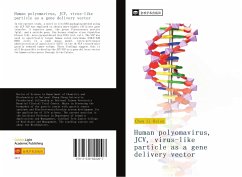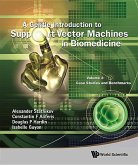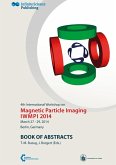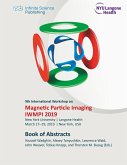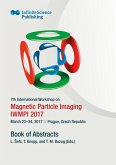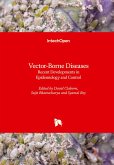In the current study, a novel in vivo DNA packaging method using the JCV VLP was employed to obtain more highly efficient gene transfer. A reporter gene, the green fluorescence protein (gfp), and a suicide gene, the herpes simplex virus thymidine kinase (tk), were encapsidated into VLPs in E. coli. The VLP was used to specifically target human colon carcinoma (COLO-320 HSR) cells in a nude mouse model. Intra-peritoneal administration of ganciclovir (GCV) in the tk-VLP treated mice greatly reduced tumor volume. These findings suggest that it will be possible to develop the JCV VLP as a gene delivery vector for human colon cancer therapy in the future.
Hinweis: Dieser Artikel kann nur an eine deutsche Lieferadresse ausgeliefert werden.
Hinweis: Dieser Artikel kann nur an eine deutsche Lieferadresse ausgeliefert werden.

